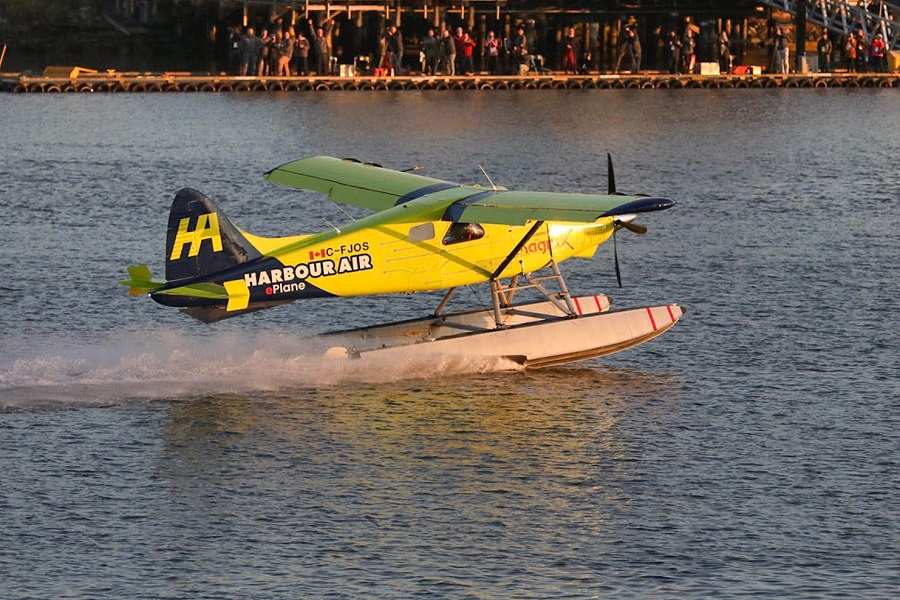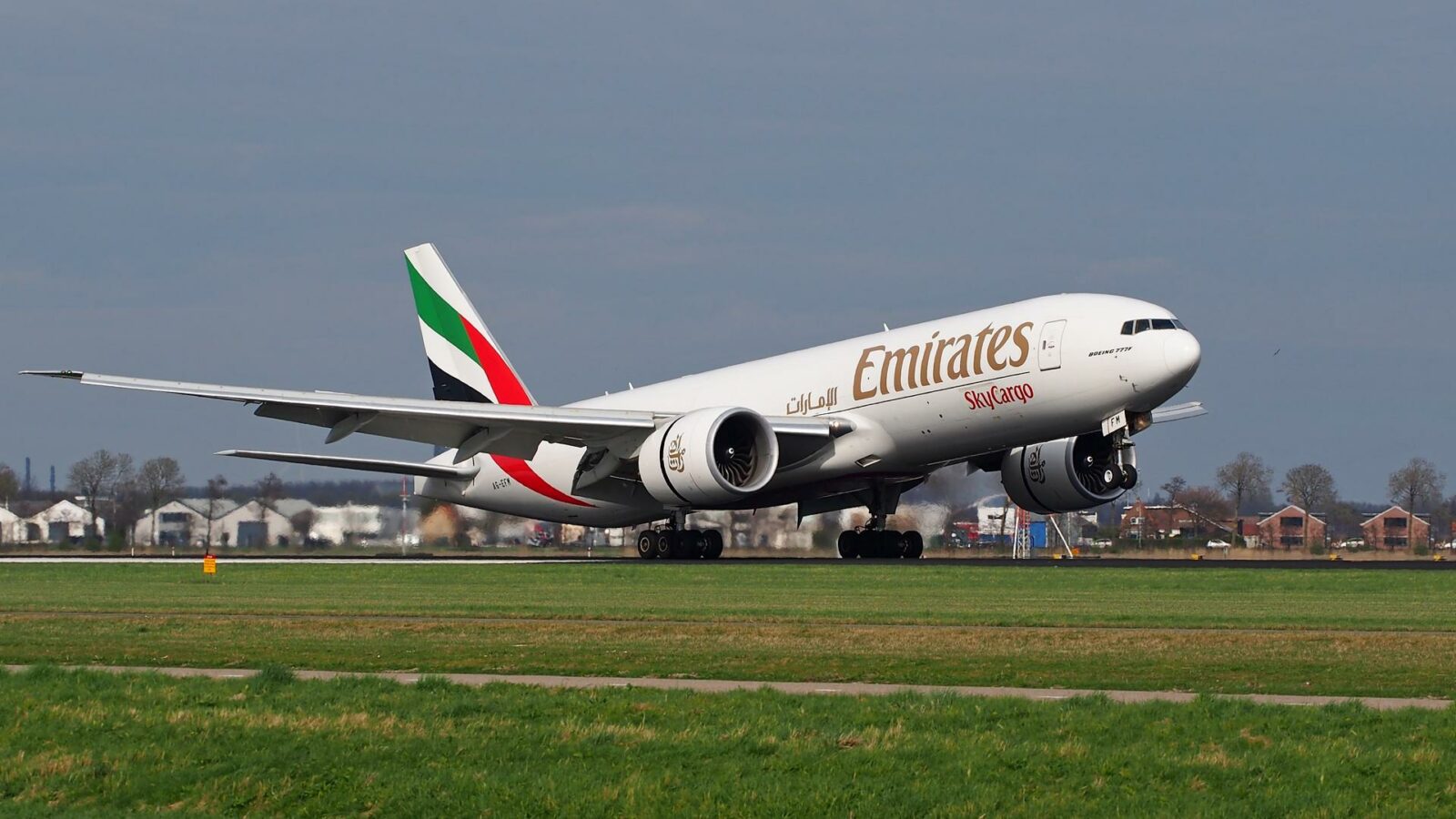Is it possible to electrify and save existing commercial aircraft, rather than replace them? And if so, how many can we save this way?
There is a very interesting new trend in the car world: electrified or “remanufactured” all-electric cars. It’s a fairly self-explanatory idea: rather than trash thousands of older cars, how about we just replace their engines? The concept began with rare and other pricey ‘vintage’ cars. But there are companies working on kits that could electrify more down-to-earth vehicles. And in the grand scheme of things, this would be much more useful.
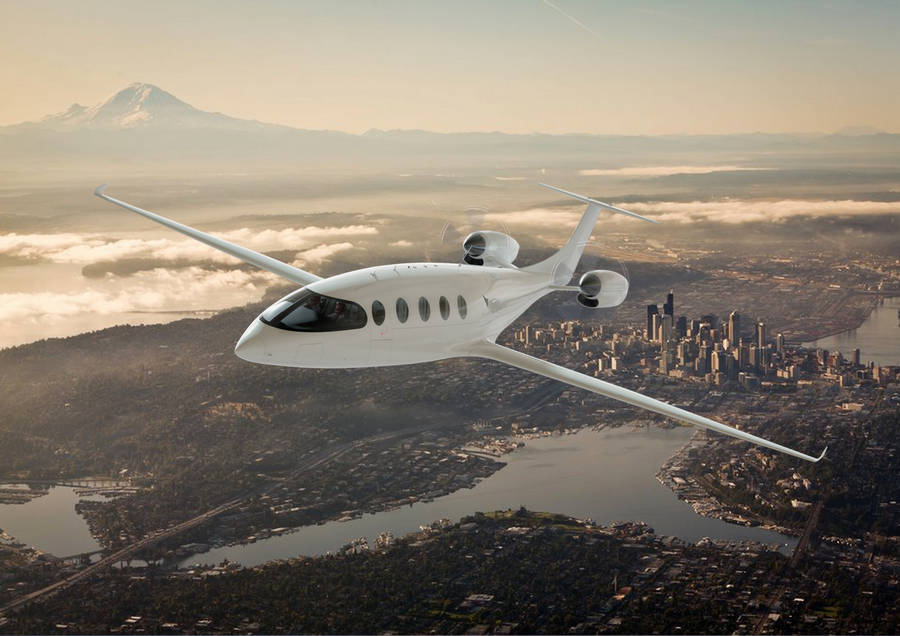
So, we come to aviation. Can we electrify existing aircraft, rather than recycle them and build entirely new, electric aircraft? This would have financial benefits, for aircraft owners. But just as importantly, such a move, if it’s possible, would be beneficial environmentally, as well. The necessary energy to manufacture a new plane (or car) can take many years before it offsets the extra energy that the previous vehicle used.
This dilemma is something we saw when comparing new Vs converted freighters. New ones will burn less fuel, but to reap the benefits, the operator would need to fly them a lot. With only a few flights per week, keeping the old plane longer would make more sense. OK, this is something we discussed in the financial sense. But fuel costs and emissions go hand in hand.
Size And Weight
As we have already seen, there are already efforts to electrify existing aircraft. But these tend to centre around smaller planes, with up to 9-10 seats. Unfortunately, when it comes to aircraft there are challenges that car designers don’t have to worry about. Essentially, the main challenge is weight.
Cars can afford to get a little heavier, as they transition to electric power. And they do; their batteries add a substantial amount of weight. Classic cars are actually even easier to convert, usually, because they tend to be lighter, to start with. They may need more work, to be safe with the extra weight, but engineers know how to do this safely.
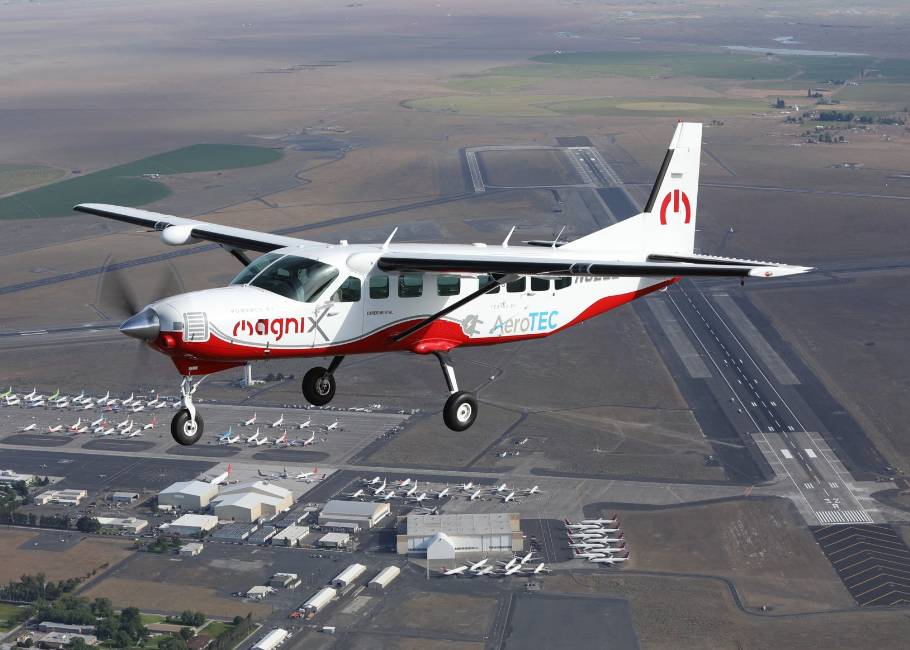
Engineers don’t have the same flexibility when they electrify existing aircraft. Adding the weight of batteries typically means losing useful load. And this usually means reducing the number of passengers they can carry. Weight also matters when it comes to the structure of the aircraft itself. Of course, aircraft designers have always prioritized low weight because all aircraft benefit from it. But typically, newly electrified aircraft are older, not benefiting from newer, lighter materials.
There are other technologies, too, that engineers can’t benefit from when they electrify existing aircraft. These include concepts like distributed propulsion, as we’ve seen before. This is a way to make wing designs simpler, by taking advantage of multiple, lightweight, efficient electric motors. This generally requires a new design, unless a conversion radically modifies the “donor” aircraft, with a new wing.
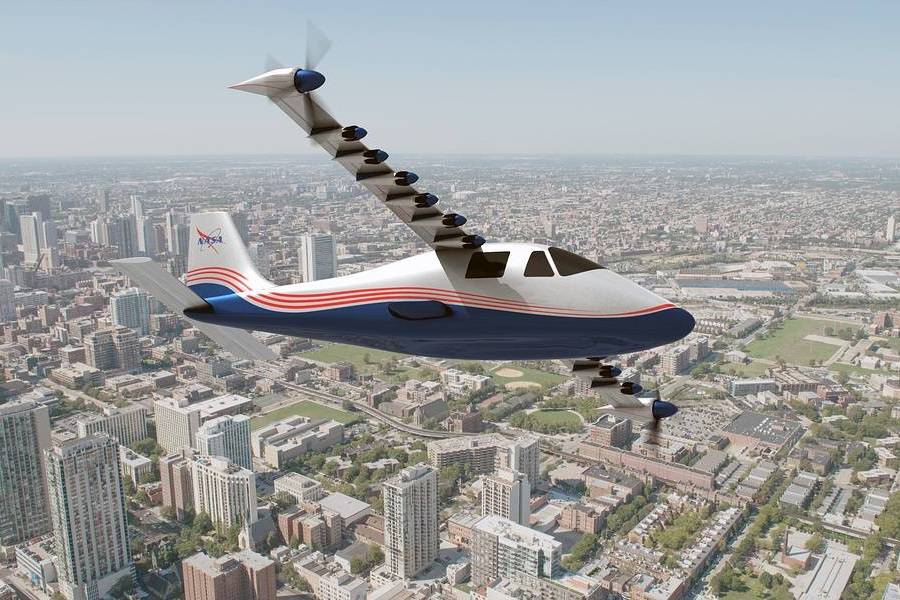
Projects Aiming To Electrify Aircraft
Nonetheless, there are several projects that aim to electrify existing aircraft. We have seen projects like those of Harbour Air (with a de Havilland Beaver) and additional work from MagniX (Cessna Caravan). But perhaps the most promising place to look here is NASA. As part of its Electric Powertrain Flight Demonstration (EPFD) project, the agency is looking at Electrified Aircraft Propulsion (EAP).
Of course, nothing lives in a vacuum. So one of the companies that NASA chose to support in this program is MagniX, with $74.3million. The other is GE Aviation, with $179 million. However, these projects to electrify aircraft are quite broad. They could include hybrid-electric or even hydrogen-electric applications. And while these are certainly promising, they are a long way from simple (?) car-like engine replacements.
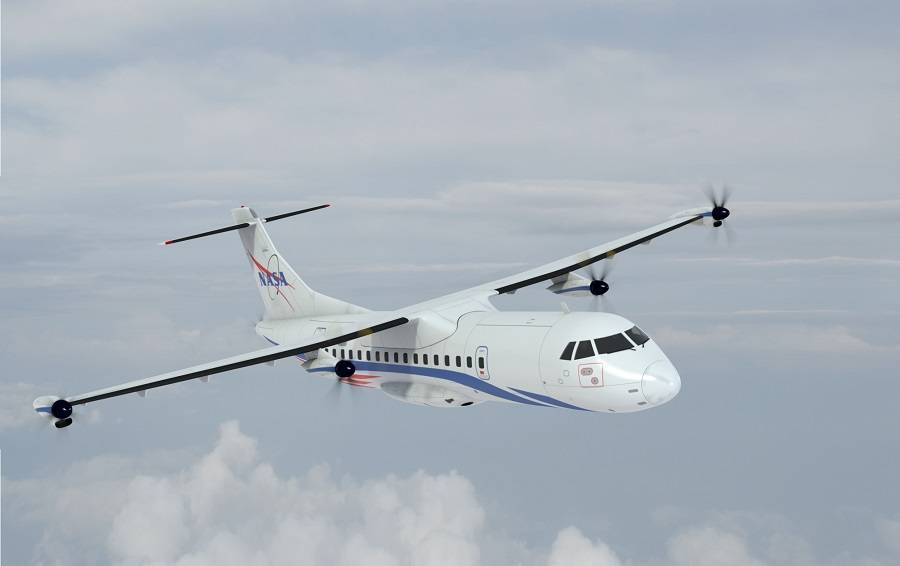
And therein lies the rub: rather than going battery-electric, most efforts to electrify existing aircraft involve additional energy sources. This reduces the effects of battery-related weight issues, making these conversions applicable to larger airframes.
Finally, it is worth pointing out that before we see such conversions, we need to see newly-built battery-electric passenger aircraft. Again – such aircraft can benefit from lightweight materials and electric-specific technologies. But with no such newly-designed aircraft flying yet, existing electrified aircraft may need to wait a bit longer.

